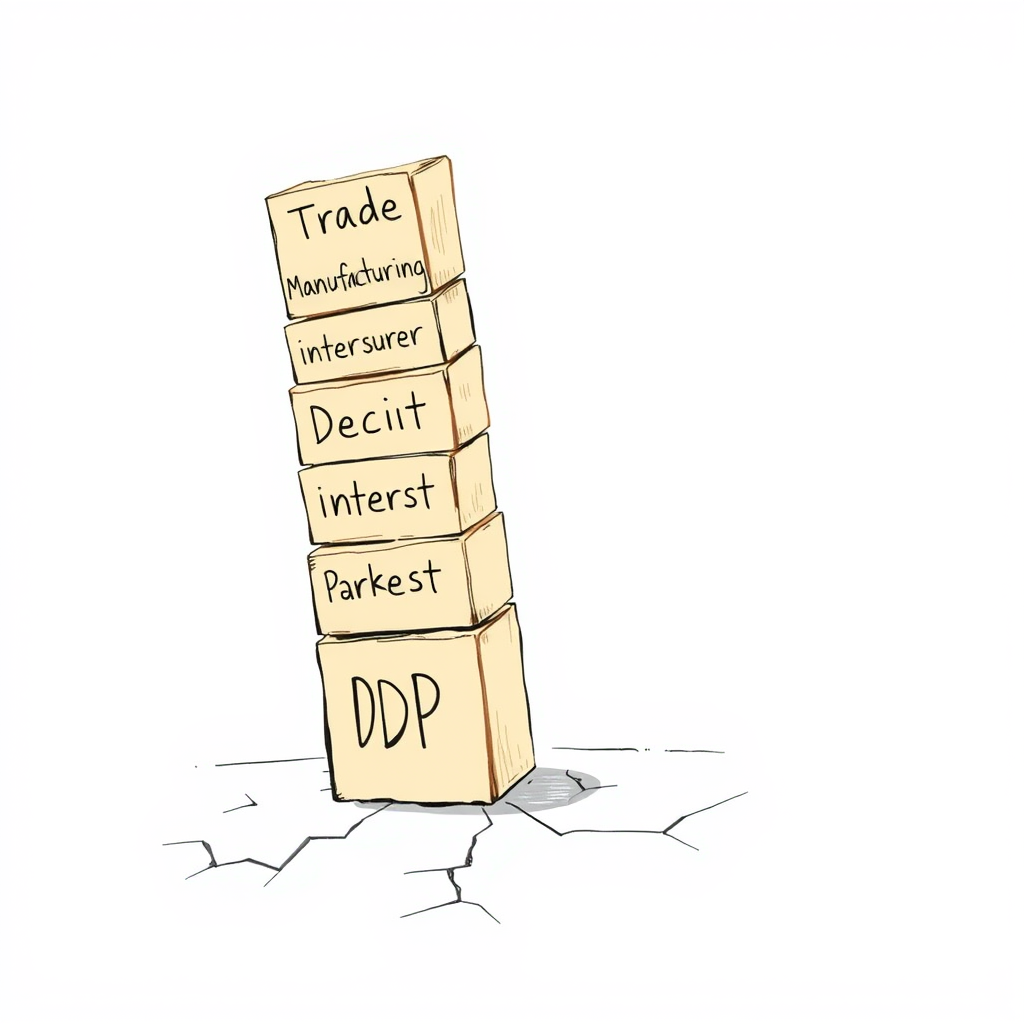Trump's Risky Plan Could Trigger Financial Crisis

Fox Business correspondent Charles Gasparino is reporting that former President Trump appears willing to risk a significant financial downturn in pursuit of his economic agenda, specifically regarding trade and manufacturing. Gasparino, a long-time observer of Trump, shared his assessment via social media, questioning the timing of the former president’s trade and tariff policies. He posits that initiating these policies before a stronger economic foundation was established – specifically, 3% GDP growth or demonstrable progress in deficit reduction – is a deliberate, if risky, strategy.
Gasparino dismisses the prevailing narrative from mainstream media and Wall Street elites that Trump is uninformed or manipulated by advisors. Instead, he argues Trump possesses a keen understanding of the economic landscape and a firm belief that the existing trade system is fundamentally imbalanced, particularly concerning China. He details a history of alleged unfair trade practices by China, including currency manipulation and the exploitation of trade organizations, which he claims contributed to the decline of American manufacturing and the subsequent economic hardship in the Industrial Midwest.
The correspondent asserts that Trump recognizes the disparity in quality between the jobs lost in manufacturing and those that replaced them – often citing low-wage, benefit-poor positions in sectors like warehousing – and is prepared to push forward with his policies despite the potential consequences.
Gasparino’s sources indicate a growing sense of panic within private equity circles, with early signs of sell-offs and instability in bond and stock markets. A recession, he reports, is increasingly anticipated by businesses reacting to the uncertainty. Adding to the concern, some investors believe Treasury Secretary Janet Yellen may be intentionally seeking a recession to lower interest rates.
Gasparino concludes with a somber assessment, admitting his long experience covering financial crises leads him to believe the current situation “could get ugly.”
It’s a compelling, if unsettling, report. Gasparino’s perspective, grounded in decades of covering both Trump and the financial markets, offers a nuanced counterpoint to the often-polarized narratives surrounding the former president’s economic policies. While the claim that Trump intends to risk a crisis is strong, the evidence presented – coupled with the observed market anxieties – suggests a willingness to accept significant economic disruption as a potential cost of achieving his goals. The potential for a self-fulfilling prophecy – where market fears drive the very downturn Trump is ostensibly trying to avoid – is a particularly concerning aspect of this situation.